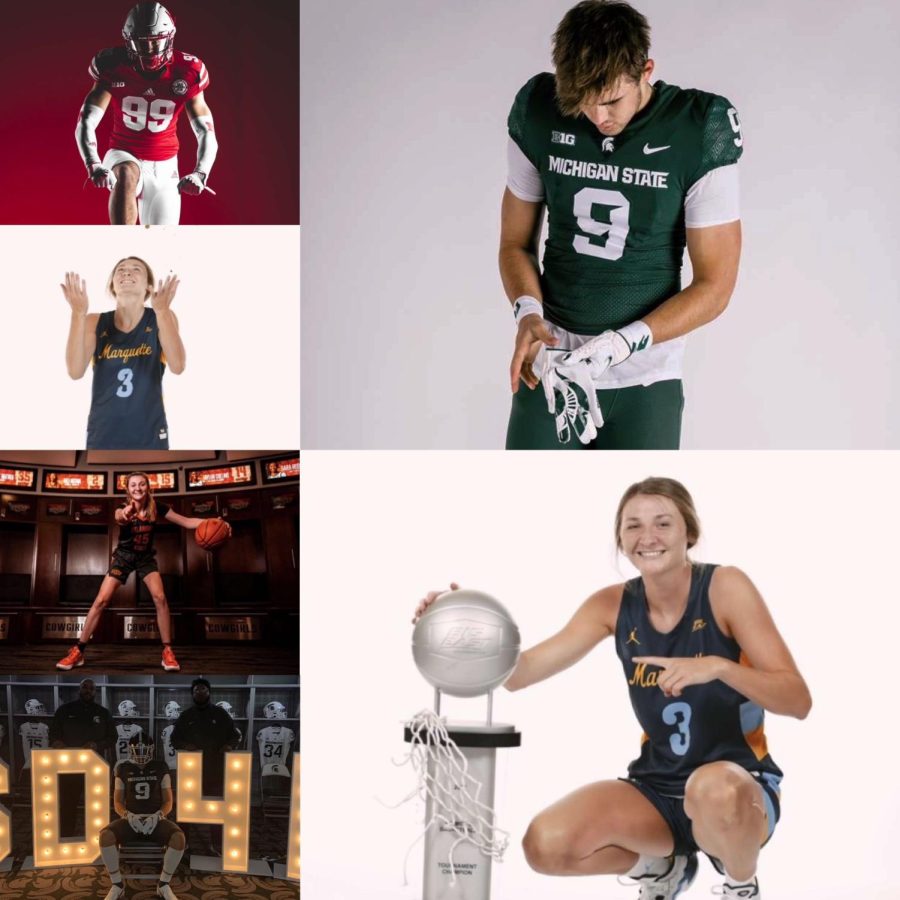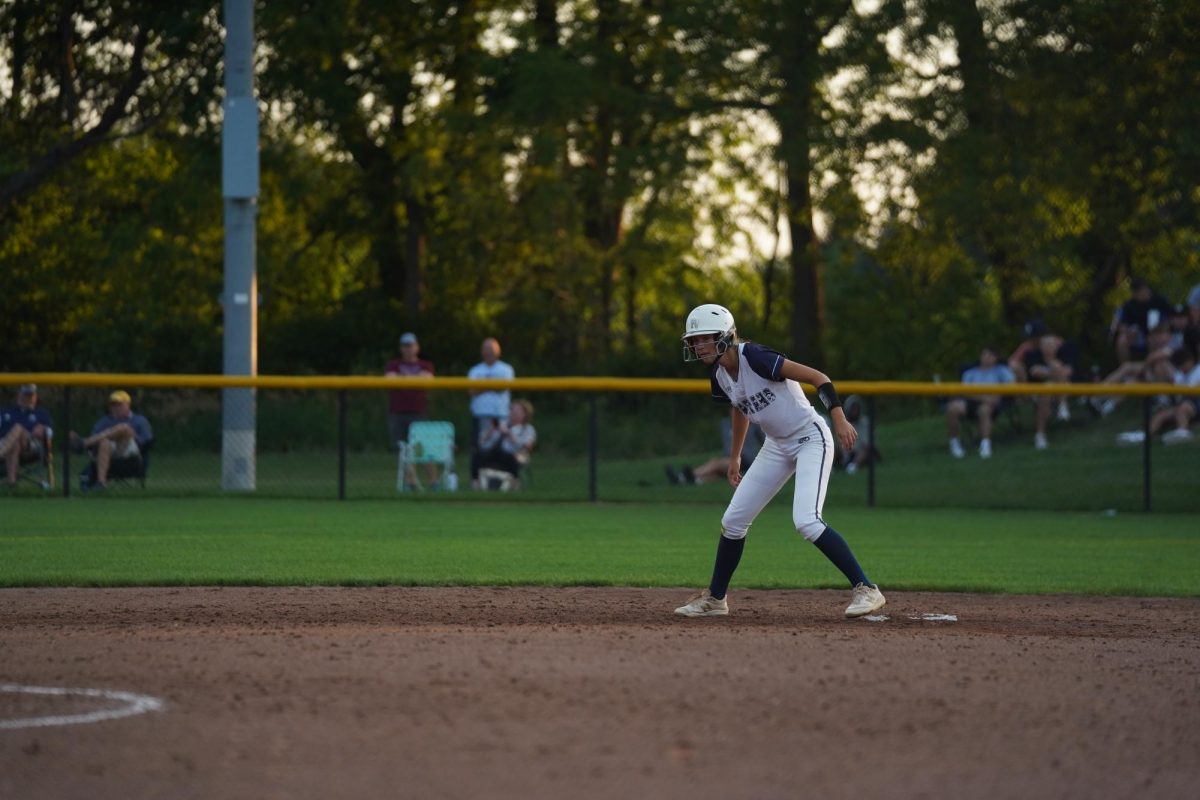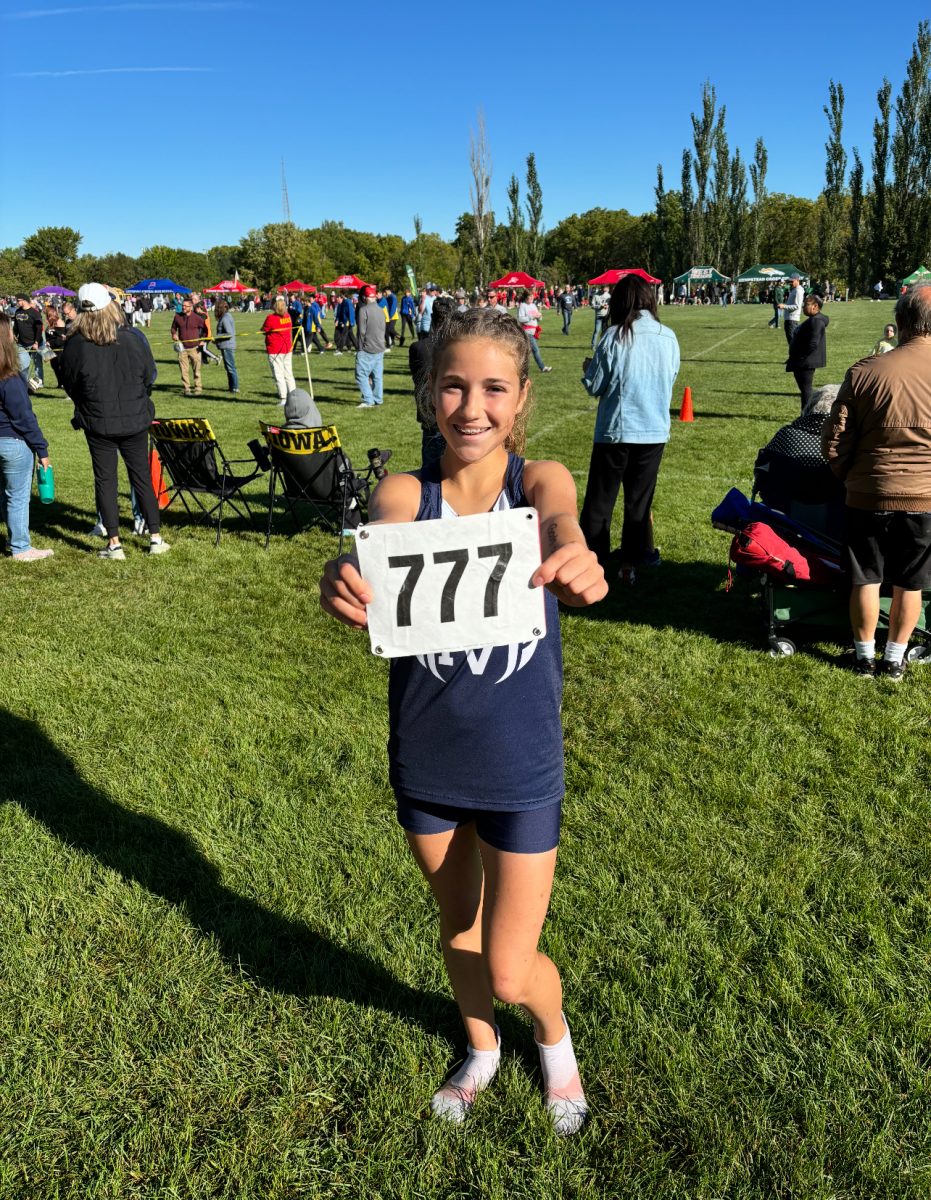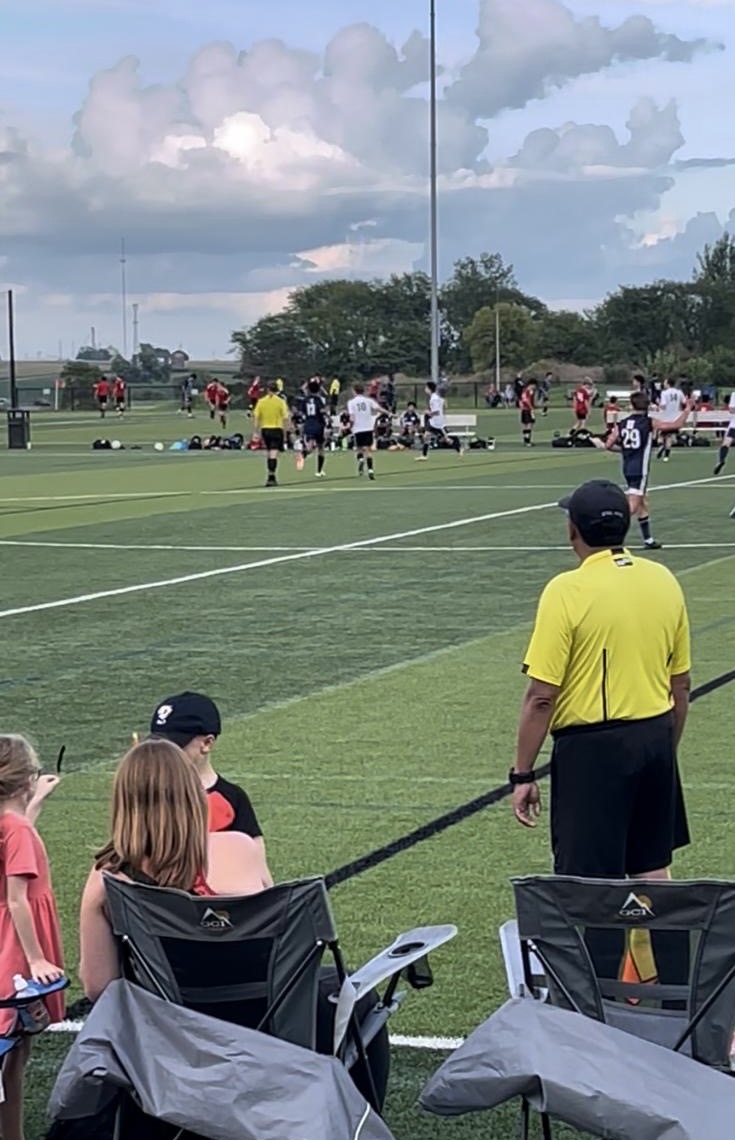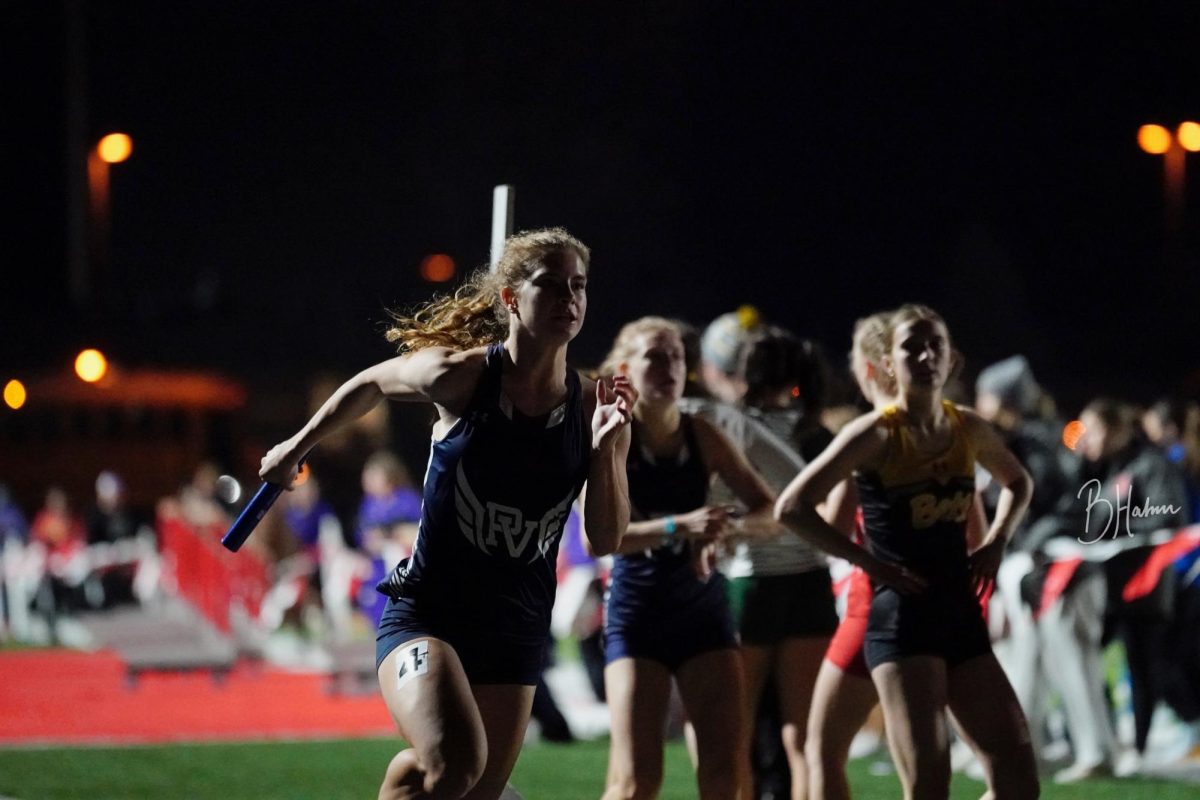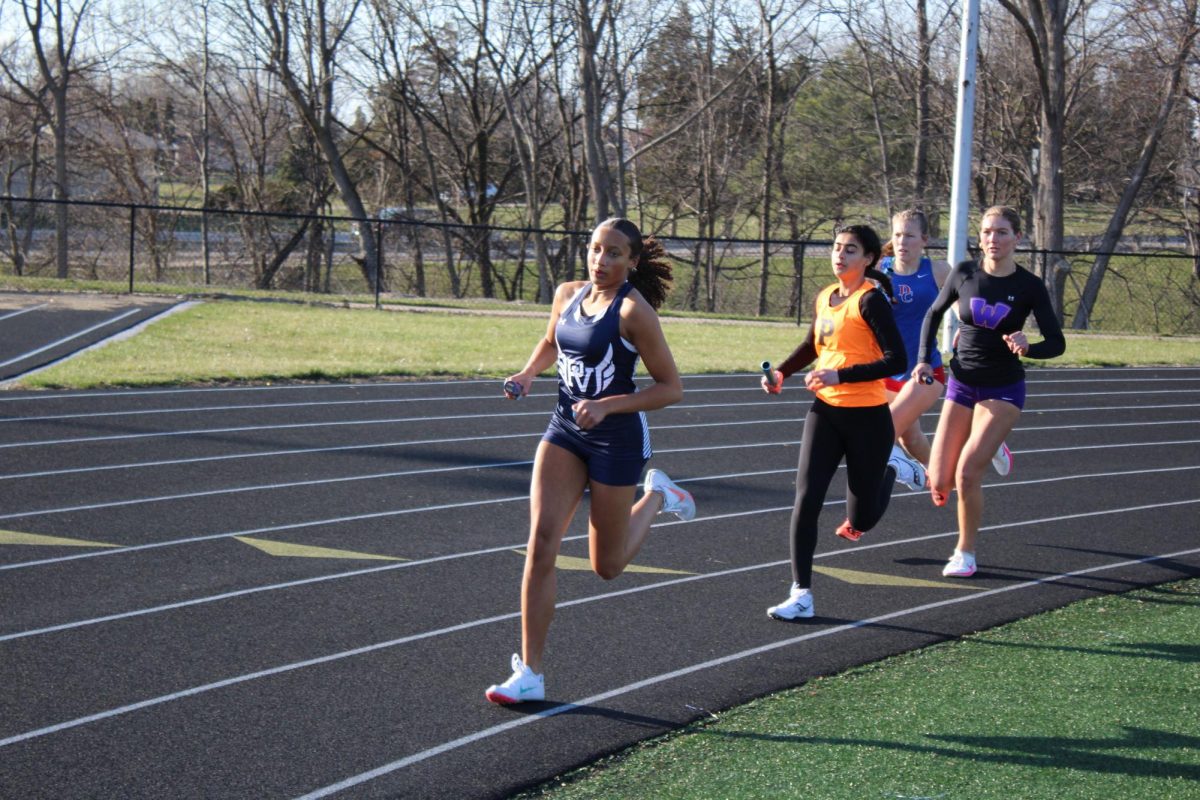Emma: Why the portal is making a difference
Collegiate athletes are influenced by a multitude of factors when considering programs— from coaches and other players to scholarship offers and program success.
The transfer portal for collegiate sports, only beginning in 2018, adds another influential factor to this list.
Through the portal, NCAA athletes are allowed to transfer programs each year in order to find a program which best suits their priorities and abilities. Once a player registers in the portal, they can transfer at any time as long as they are admitted to the school.
Creating a window of availability, has allowed for a better organized transfer and communication system. Athletes can request to enter the portal at any point throughout the year, but the actual active time of the portal is two short periods. The portal is open for 45 days between Dec. 5 and Jan. 18, and then again from May 1 through the 15th. Along with the regular portal, players whose head coaches were fired or left are allowed a 30-day window to enter the portal.
In the 2021-2022 season, 3,000 players entered the transfer portal. Since the portal’s launch on Dec. 5, there are already a high number of athletes putting their names in.
Senior basketball player Halle Vice is planning on attending at Marquette next year to play basketball. Vice has first-hand experience with factors that lead many athletes to transfer. “Athletes transfer to get more playing time or to have the opportunity to work with other coaches. NIL is also something that influences the way players use the portal because it varies so much between programs,” she said.
Prior to 2018, players had to commit to a school for their total years of player eligibility without the ability of going to a new school. This left them with no flexibility in the coaches, team, players and program they initially joined. Since the implementation of the portal, athletes were given the choice to change programs when some factor came into play with their careers.
In 2021, NIL (name, image, and likeness) was an added layer for recruited athletes to consider. The ability for college athletes to make money off their name became a major aspect leading to which program they chose to be a part of. Programs with strong NIL agreements will draw in players for that alone.
Senior Andrew DePaepe is attending Michigan State University in January to play football in their program. DePaepe’s teammates have recently entered the transfer portal and he has noticed the impact it has on those individuals. “The portal is a great way for players to have new opportunities and explore other programs during their college career. The portal can also make players stop looking at a program if a lot of spots are being taken by older transfer players,” DePaepe stated.
The transfer portal has influenced the way universities prioritize athletes. Some programs and teams have seen a decline in young commits from high school, as coaches and recruiters have focused more on college junior or senior transfer players who may only have one or two more years of eligibility left to play.
DePaepe’s team is one of many teams across the country seeing an increase in prospective transfers. .“The portal can greatly impact the speed in which a team can flip around and start winning again if more experienced players are coming in but it can also be a problem when programs can’t rely on players being committed for all eligible years,”DePaepe continued.
Some teams have greatly benefited from the portal being able to accept talented players, who often transfer with a desire to leave their program and turn a failing program back into a competitive one. The University of Colorado recently hired the well-known Deion Sanders as the head football coach. He already has countless players planning on transferring to the school to play for him, as well as current players leaving as a result of this. However, while working towards flipping a program, teams cannot guarantee their high school commits or transfer players will stay with the program for any number of years as they can transfer so easily.
The NCAA transfer portal has made a significant impact on programs and players across the country, by changing the way programs look at recruiting and athletes making decisions for their careers. Athletes now have more options and flexibility in their careers than ever before.
Maura: The portal through the eyes of a future college athlete
Throughout my entire athletic career, I played many different sports—volleyball, basketball, track and field, tennis, soccer and golf. I could never decide which one was my favorite, so switching sports and switching clubs became very normal. This was one of the first times I was introduced to a setting similar to that of a transfer portal.
A newfound popularity in the transfer portal allows athletes and their families to remain happy, and to avoid disappointing situations. Like thousands of high schoolers across the nation, when it became my time to decide which school I wanted to attend, the decision seemed life-altering. I was worried that I might not pick the right school and not enjoy the full college experience. In reality, this is far from true due to a new system.
As previously discussed, committed college athletes have a major weight removed from their shoulders after the newfound popularity of the NCAA transfer portal. In a recent article, college sports writer Kevin Brockway addressed the dramatic increase of portal athletes in 2021, followed by an even greater increase in 2022.
“In 2021, 9,570 student-athletes in all NCAA divisions entered the transfer portal, up from 6,703 athletes in 2020,” he reported. Brockway also discussed the popularity of transferring within larger and more popular sports like men’s basketball and football.
“The most player movement is occurring in the two major revenue producing college sports – — football and men’s basketball. 2,323 student-athletes in the Football Bowl Subdivision entered the NCAA transfer portal, with 1,849 student-athletes entering the transfer portal from Division I men’s basketball.”
I am a senior and will be playing college golf. It is not a popular college sport, nor has it been in the past. However, it provokes an interesting question for me: How does the transfer portal differ for athletes in different sports?
Athletes in popular, money-making sports tend to dominate the transfer portal, and are also favored more to claim NIL deals. Many athletes gain popularity and attention when transferring, giving them glimpses at potential scholarships. Athletes like DePaepe hold a significant advantage. After DePaepe became interested in Michigan State, his name could be seen all over social media accounts affiliated with the university. This popularity is exactly what brands look for in sponsored athletes. Big name, big sport, high profit.
The transfer portal also gives other players like me motivation to perform well. A more experienced player can transfer to your team as soon as the portal opens. Players must be confident and maintain a high standard of performance to guarantee play. This competition within a team can be used as motivation, and causes every player to grow. It also provides college athletes with lots of flexibility and helps to alleviate stress by assuring that all players can find the place that makes them happy.



